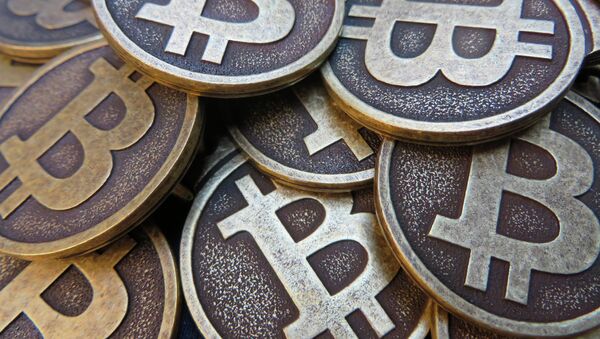Politicians and bankers are now discussing the role of decentralized currency in today’s world. But as Bitcoin itself is becoming more popular, the mystery of its inventor’s identity remains unsolved.
In March of 2004 Newsweek magazine broke the story that millions of people were waiting for. Journalists claimed to have finally found the creator of Bitcoin – the mysterious Internet crypto currency feared by banks and governments and loved by countless devoted activists worldwide. Newsweek claimed that the real name of the man, whose online alias was Satoshi Nakamoto is none other than… wait for it… Satoshi Nakamoto.
As a result, dozens of reporters began stalking Nakamoto, a Japanese American engineer, camping out on the lawn of his California home. All of that, just to hear from him that the mainstream magazine was dead wrong. In a YouTube video posted by Bitcoin activist Andreas Antonopoulos, Nakamoto said that he had nothing to do with creating the cryptocurrency.
“I’m not Satoshi Nakamoto, as portrayed as a creator. My name is Dorian Satoshi Nakamoto, and of course, if I was the real creator, I would never use my real name. So from that point of view I’m sure you guys would know, that Satoshi Nakamoto is not me”.
The term Bitcoin first appeared in 2008. The following year an anonymous software developer or group of developers released free software that allowed buyers and sellers to make direct monetary transactions to pay for goods and services. The safety of transactions was protected by block chain – a database that was distributed among users and contained the history of all Bitcoin transactions ever made, making it the first decentralized currency. Satoshi Nakamoto communicated with the bitcoin community through web forums, avoiding any kind of public appearances.
One of the most intriguing aspects of Bitcoin is how it is created. Bitcoin isn't printed, rather it is discovered by 'miners' who chip blocks of data from a central computer in the hope that these nuggets contain valid bitcoins. Currently there are around 12 million Bitcoins in circulation and the cryptocurrency has a maximum of 24 million. The price of Bitcoin is set in online exchanges. Currently the exchange rate is around $380 for one Bitcoin, coming down from a peak of nearly $1,000 in November 2013.
Since the Bitcoin system does not require any personal details from its users, relying instead on wallet numbers, it has become the currency of choice in the so-called Dark Web – the portion of the Internet accessible only through the special Tor browser. The Dark Web is home to dozens of illegal online markets selling drugs, firearms and fake documents.
But it wasn’t long until global economic instability and media hype brought bitcoin into the mainstream. In 2015 the number of merchants accepting bitcoin reached 100,000. Among them are big names like Paypal, Microsoft, Dell, Expedia and Virgin Galactic.
The legal status of Bitcoin varies from country to country. Some governments allow the free trade and investment in the decentralized currency. Others, like Bolivia and Ecuador, outlawed Bitcoin completely.
Meanwhile law enforcement and tax agencies are still looking for the currency's creator. In December of 2014 police raided the home of Craig Wright, an Australian academic and tech expert whom they believed to be the real Satoshi Nakamoto. Here’s what Wright himself said about his role in Bitcoin project while speaking via Skype to an audience at the Investor conference in Las Vegas in 2015:
“I’ve been involved with all this for a long time. I keep my head down”
At least several influential technology websites, including Gizmodo and Wired are convinced that Craig Wright is indeed the real face behind Bitcoin. After receiving a series of anonymous tips and glimpses at the contents of what looked like Wright’s electronic correspondence, the reporters were able to link the Australian's identity to the imaginary character with a Japanese name. But whether the Bitcoin's biggest enigma has finally been solved remains to be seen.


